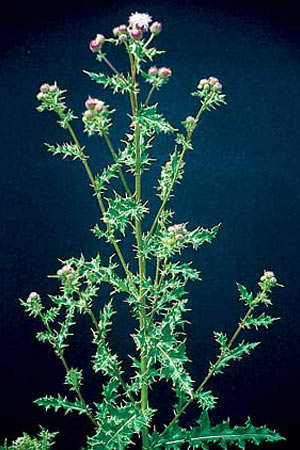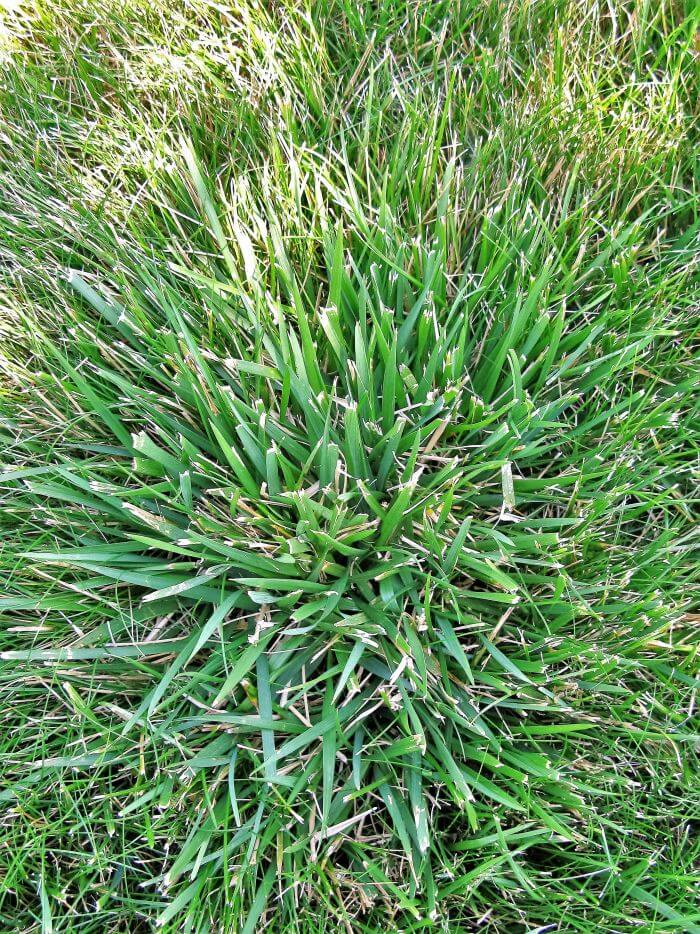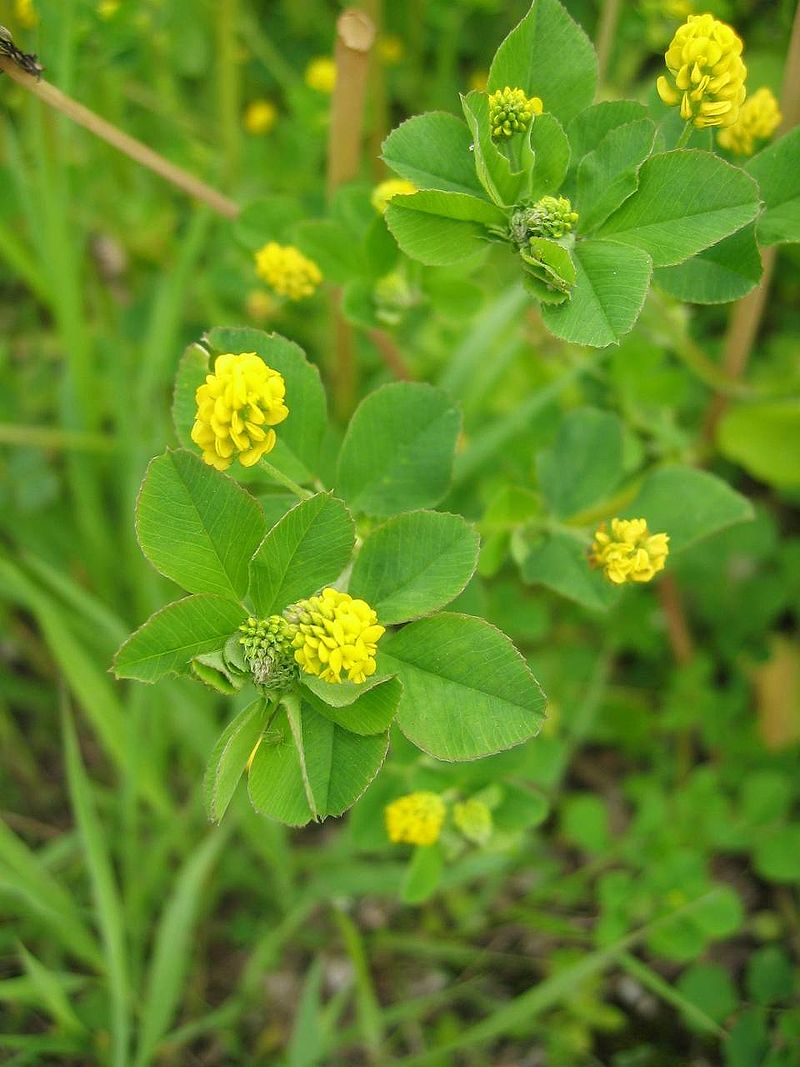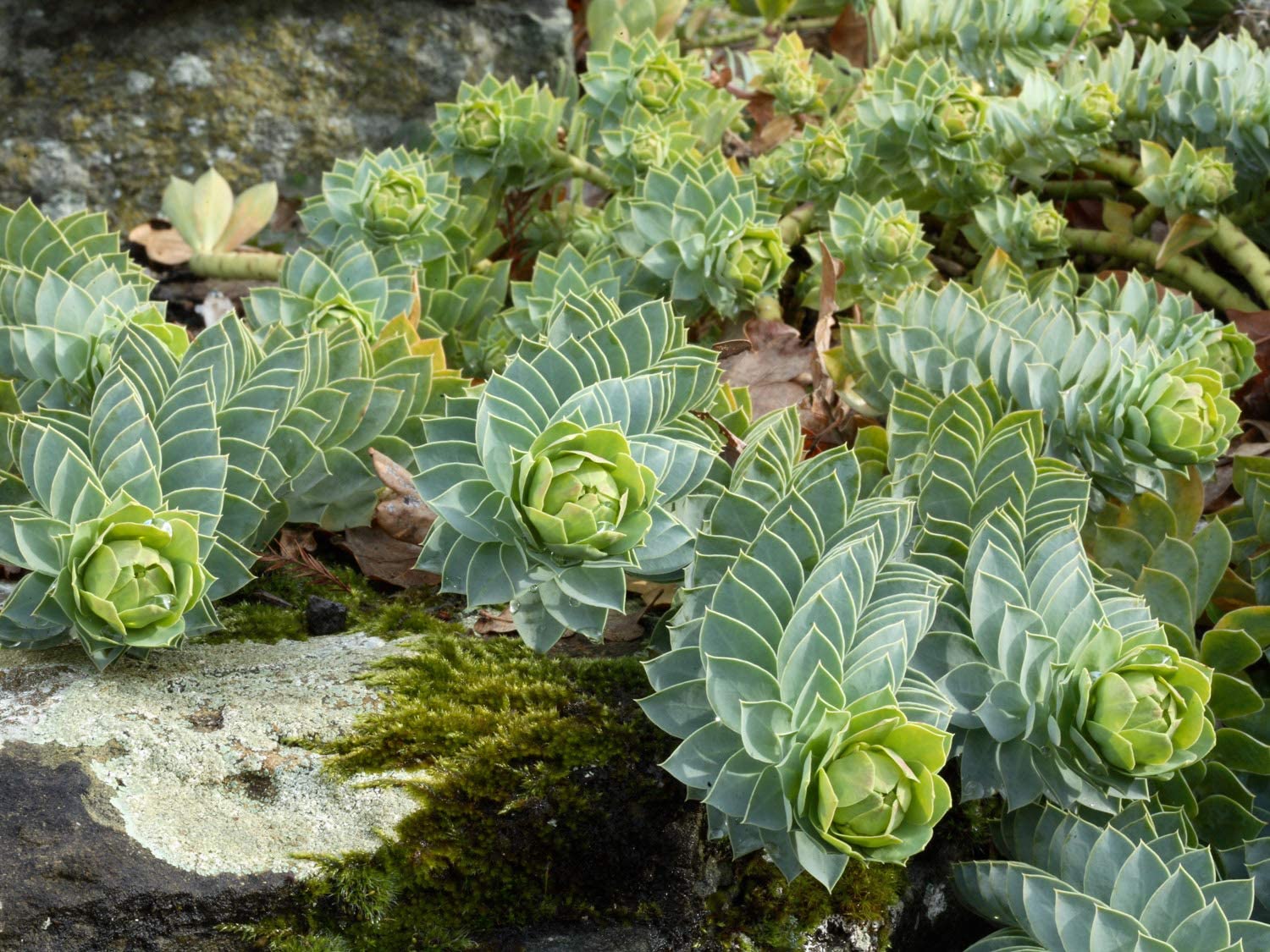Facts
- Prickly lettuce is a biennial or winter annual.
- This weed originated in Eurasia, but has been naturalized in most of North America.
- Young leaves are edible and are used for medicinal purposes.
- Prickly lettuce, also known as wild lettuce can grow up to about six feet if left unattended.
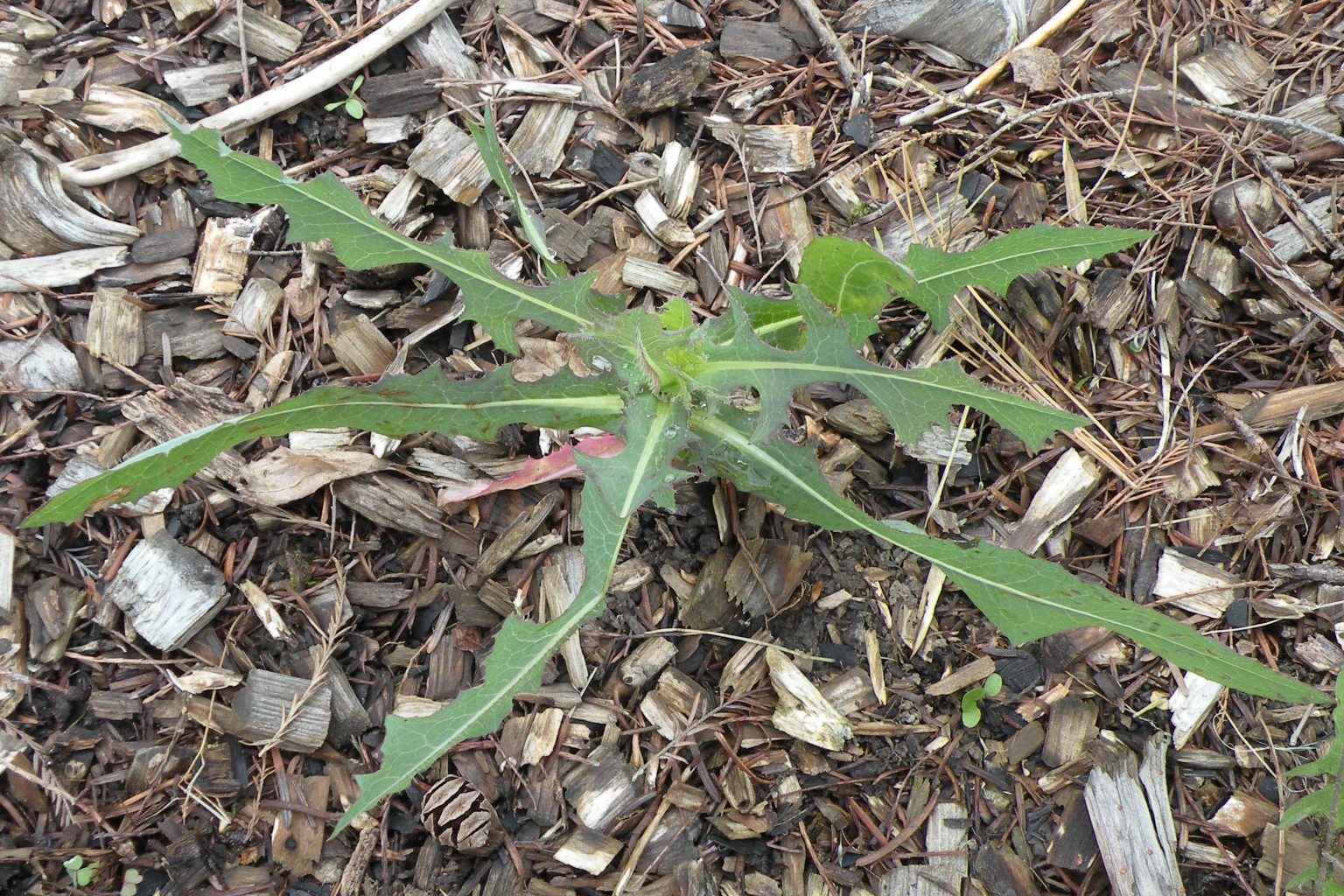
Ideal Conditions for Weed Growth
This weed is mainly found in landscaped areas, fields and gardens, and can be occasionally found in lawns. It does well in drought stressed areas. Prickly lettuce reproduces by seed and blooms from April-October.How to Control Prickly Lettuce
When growing in the lawn, the best thing you can do is to correct cultural practices, such as proper watering, mowing height, and proper feeding. If the ground is moist you can pull this weed out by hand easily since it has a central taproot.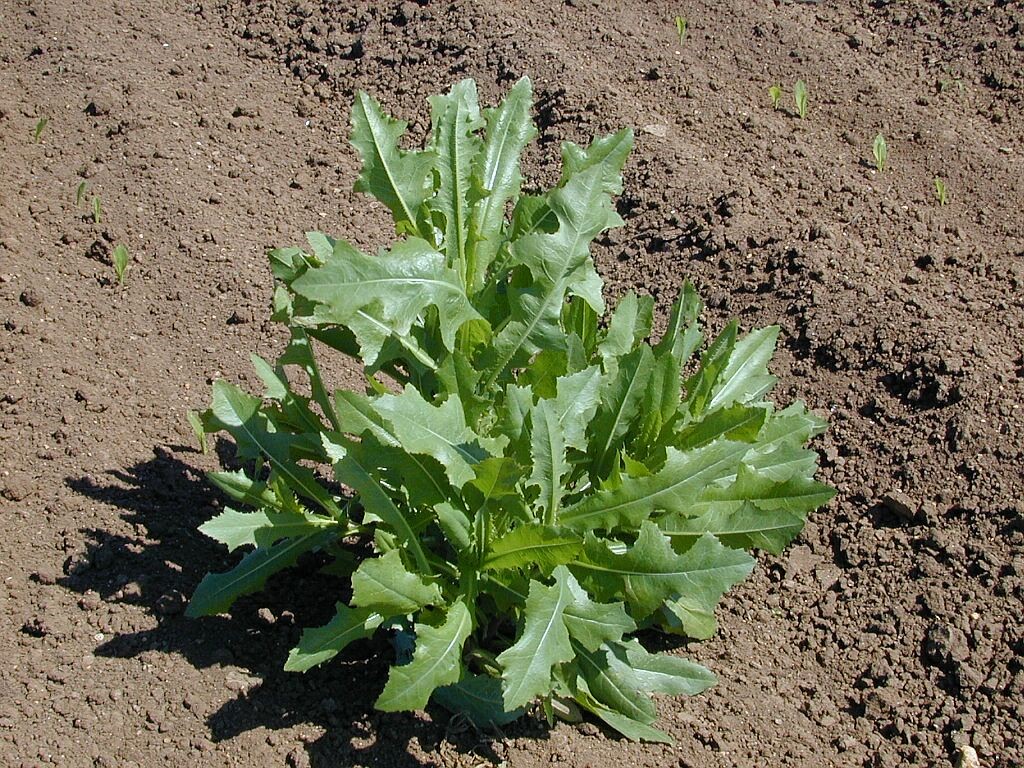
Results with Weed Control
If you have this weed in your lawn we have great results with our organic One Earth weed control. This weed control is used in lawns, and is also an organic fertilizer. The weed will turn brown/black about 24-72 hours after the application and the weed will break down. We also offer an organic weed control for non-turf areas called Avenger; this will work on young weeds that are under 6 inches tall. Avenger works by dehydrating the plant by breaking down the plant’s waxy coating that holds in moisture. You should start to see the weed die off about 48 hours after this application. If the weed is found in fields or pastures, we would use a product called Milestone. This weed spray gets good control especially when young and actively growing.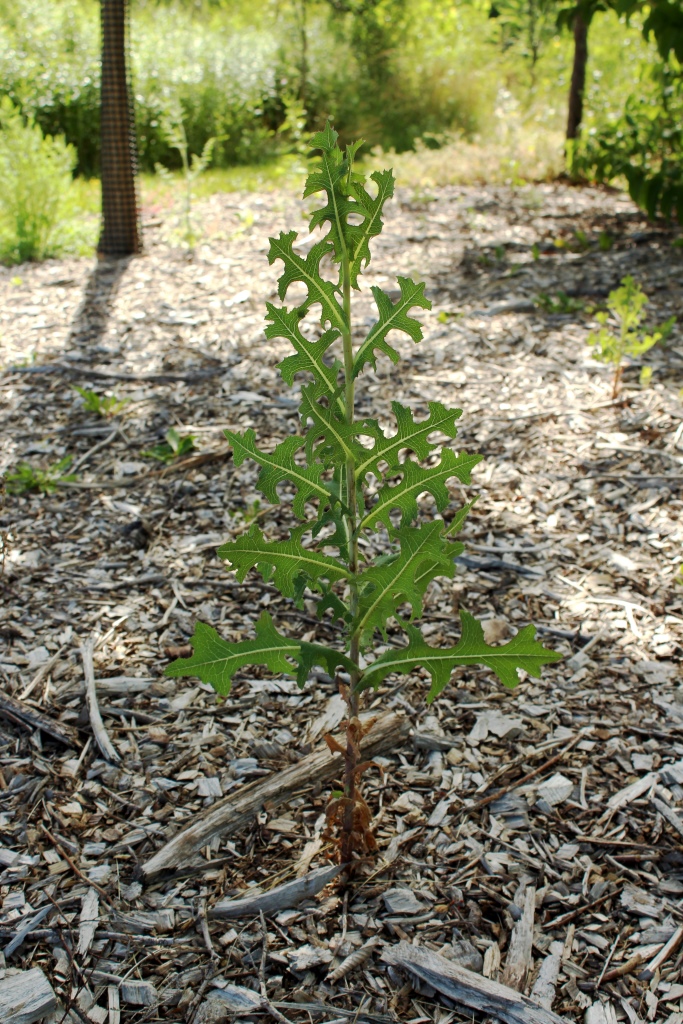
Is this Prickly Lettuce?
When prickly lettuce is in a young rosette stage it can be mistaken for a dandelion. Prickly lettuce will have a spiny or prickly texture while dandelions have a smooth leaf. Below is a photo of a dandelion plant.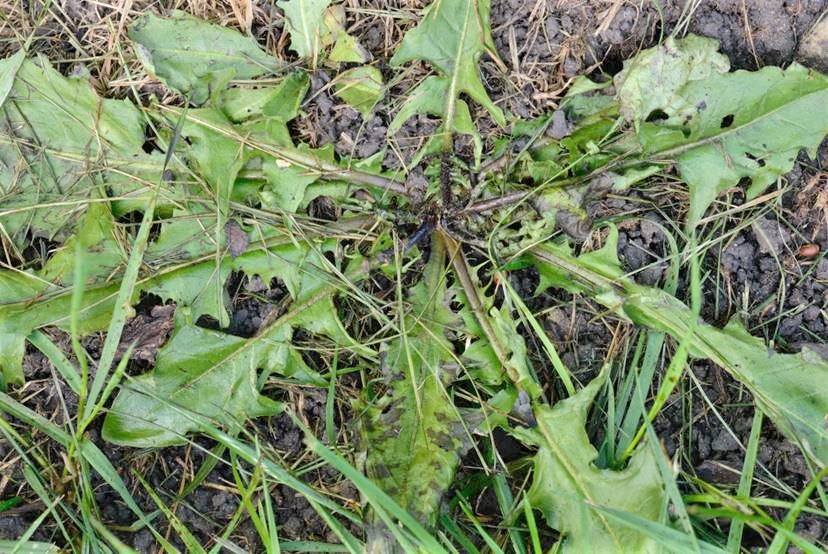 When it becomes more mature it is often confused with thistle. Below is a photo of Canada thistle.
When it becomes more mature it is often confused with thistle. Below is a photo of Canada thistle.